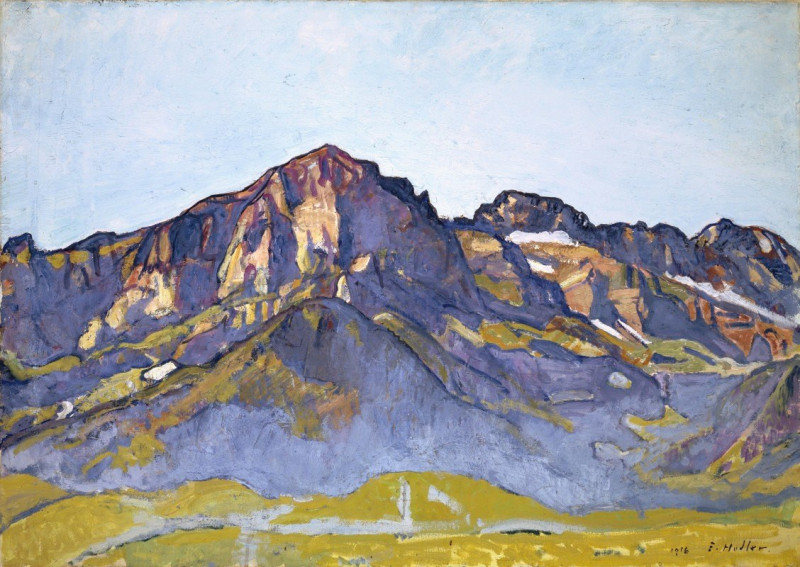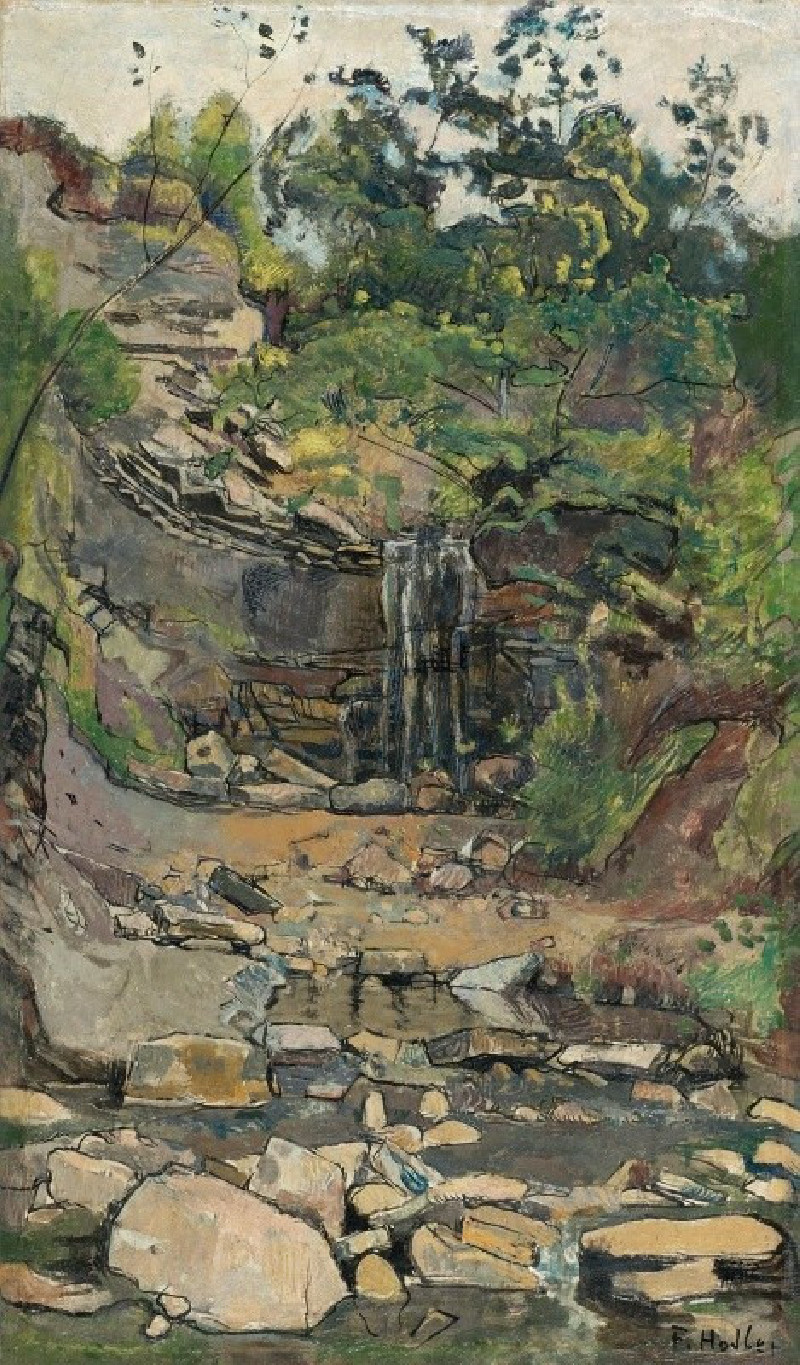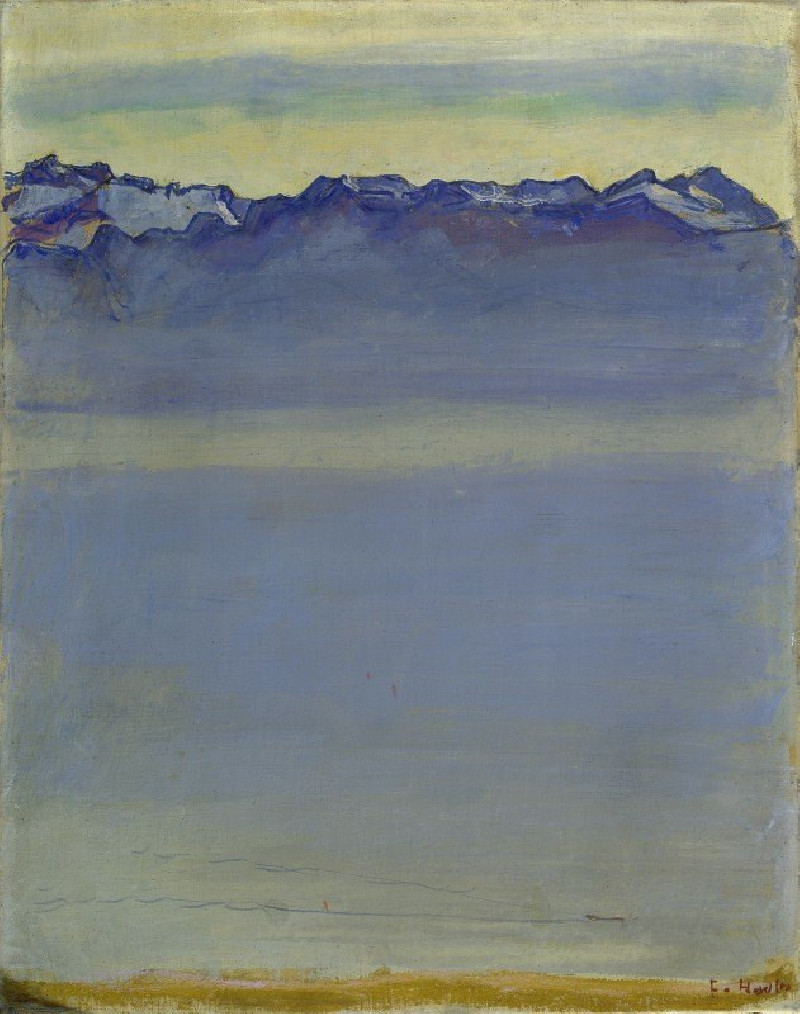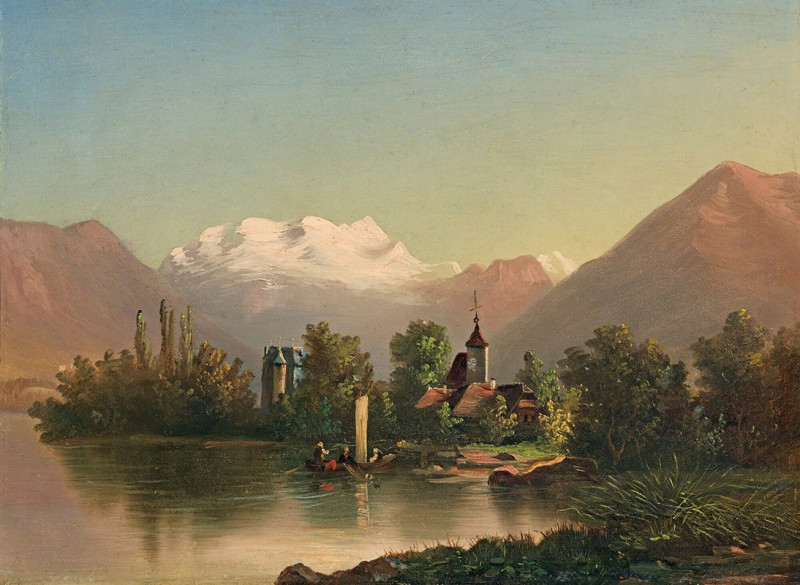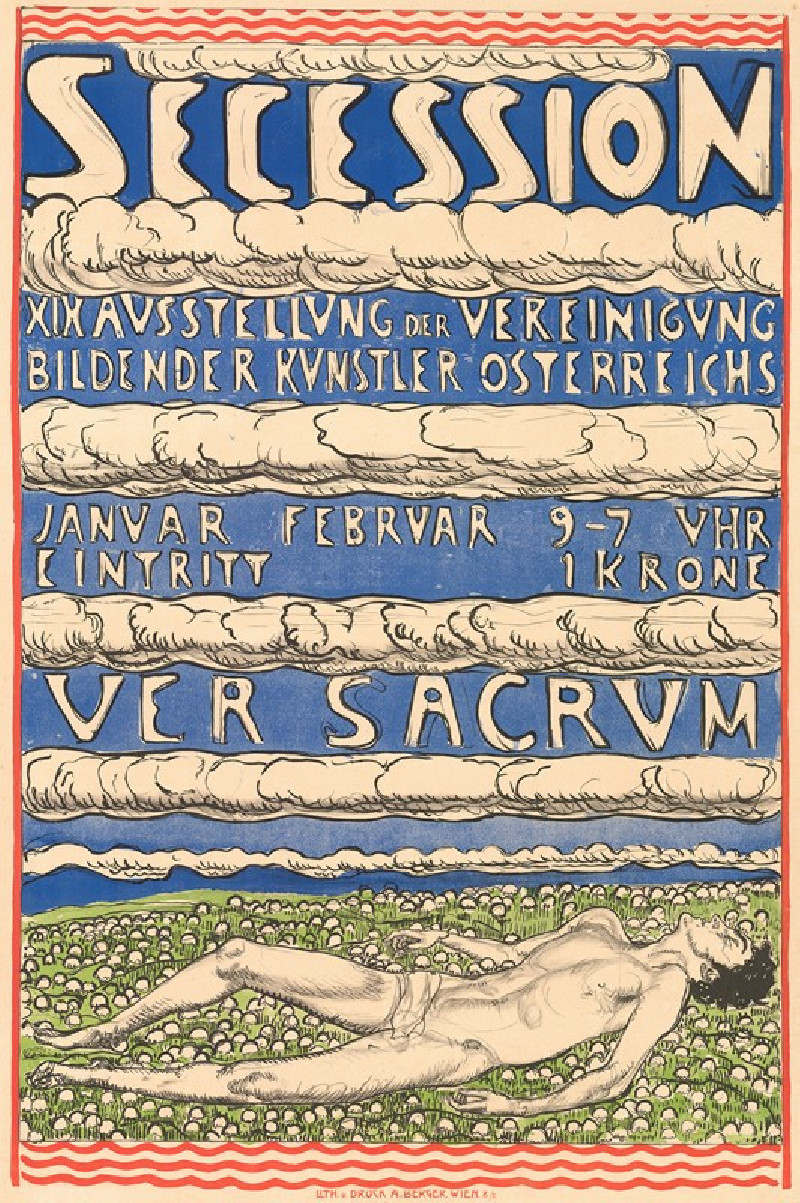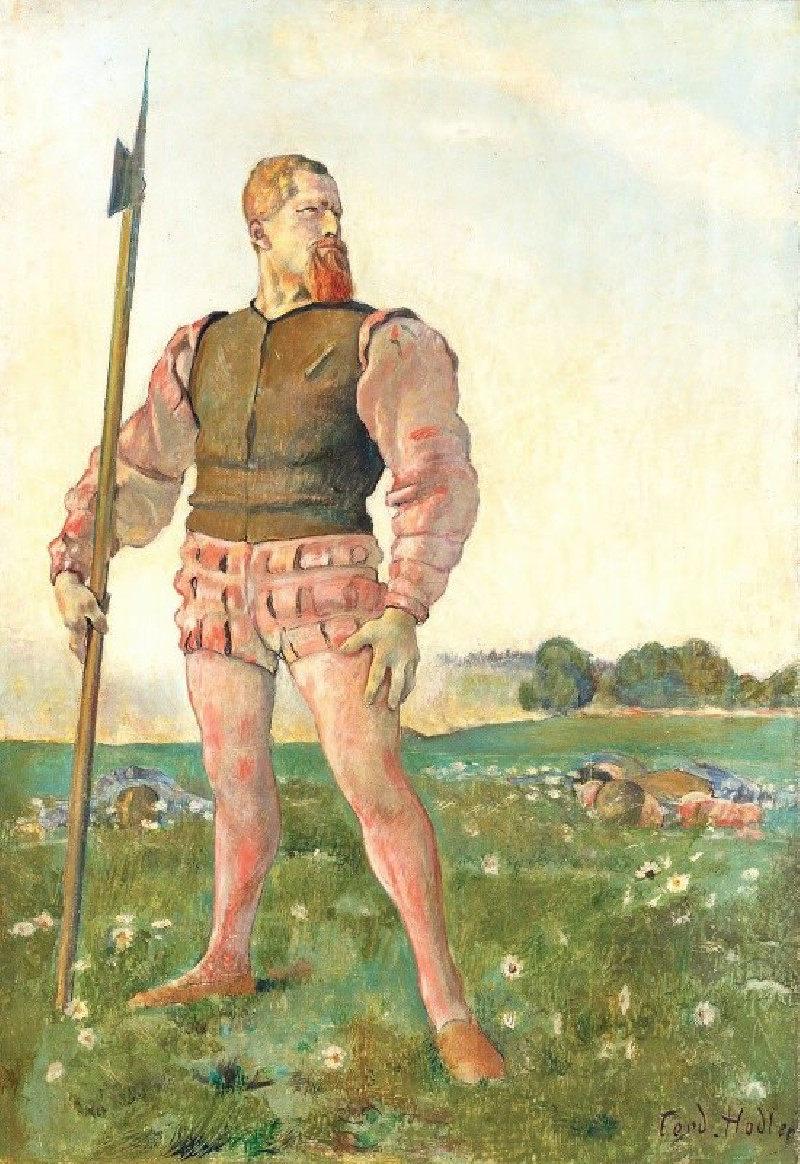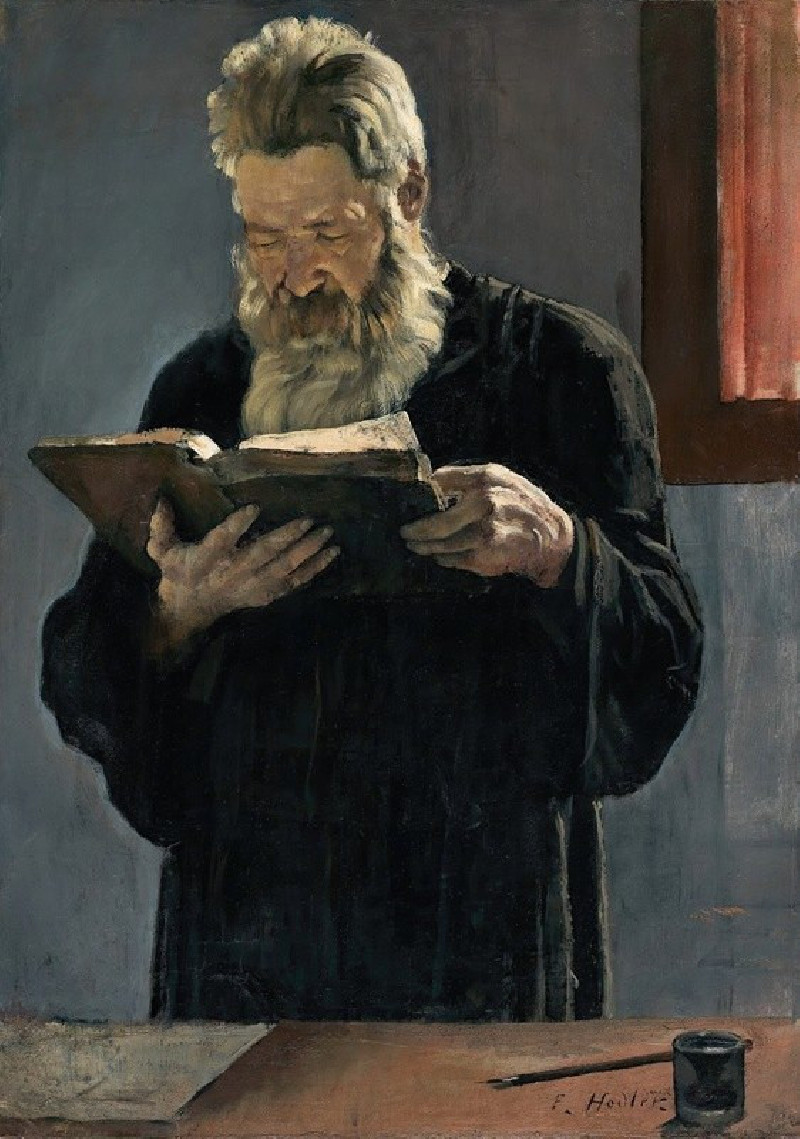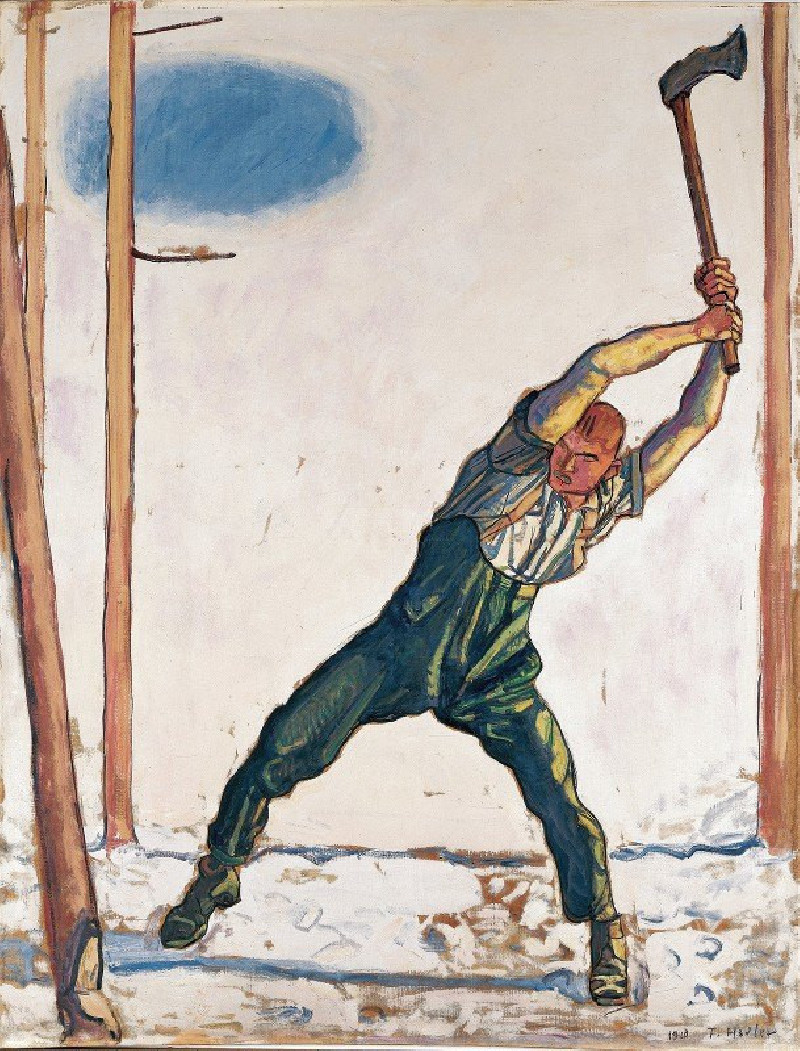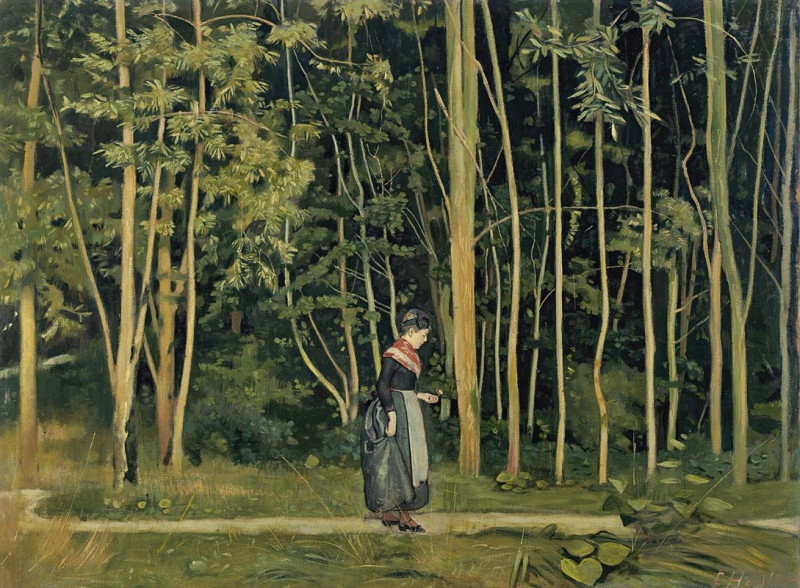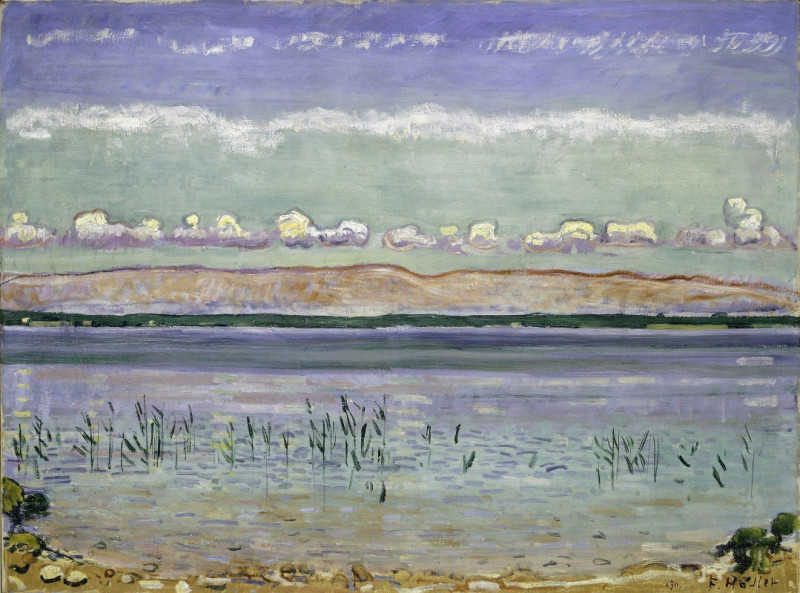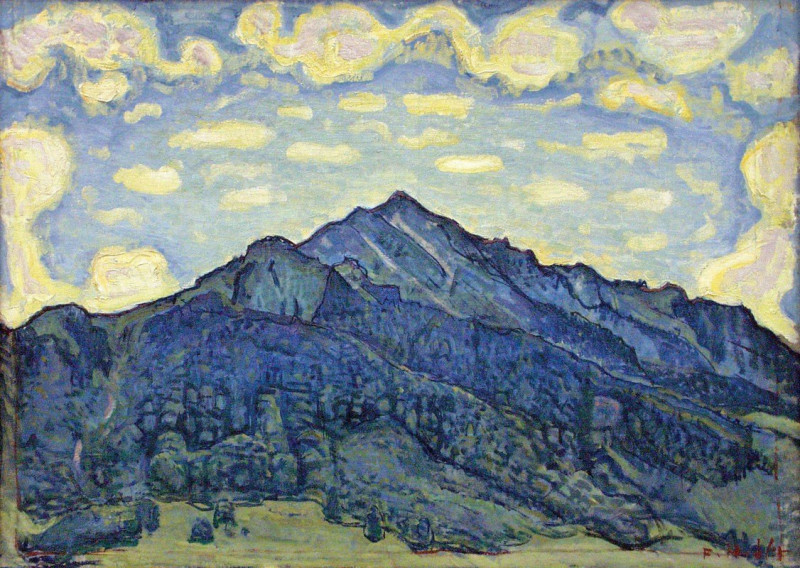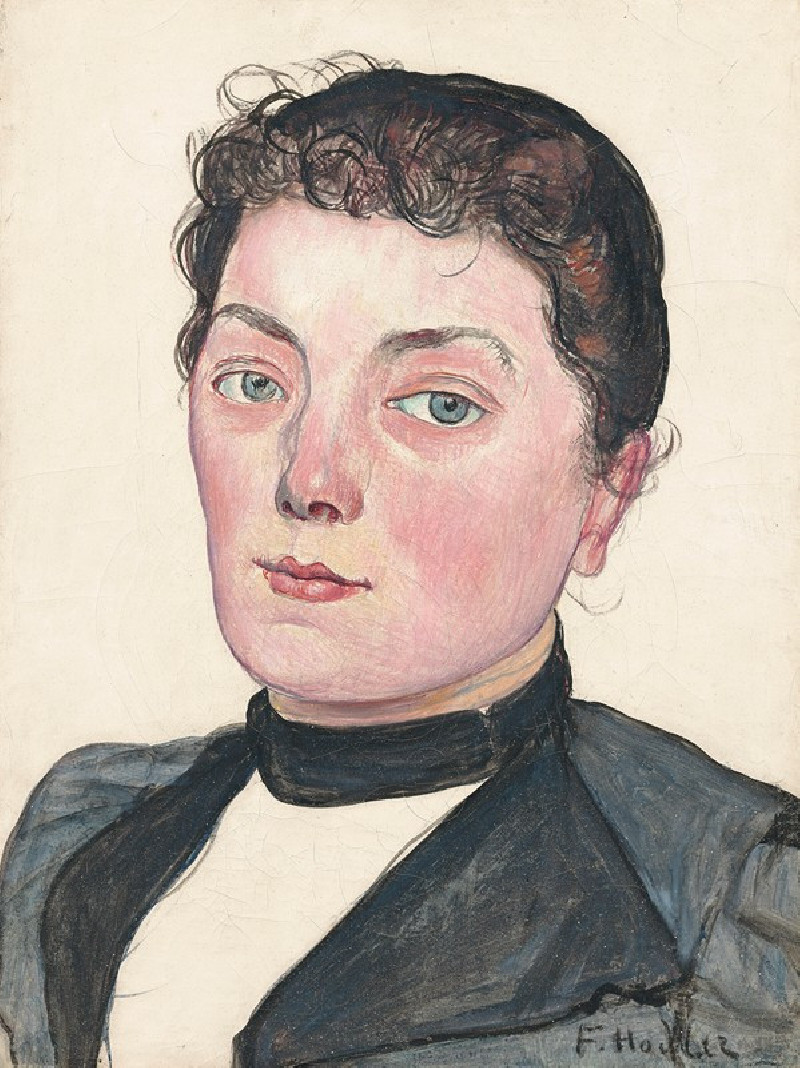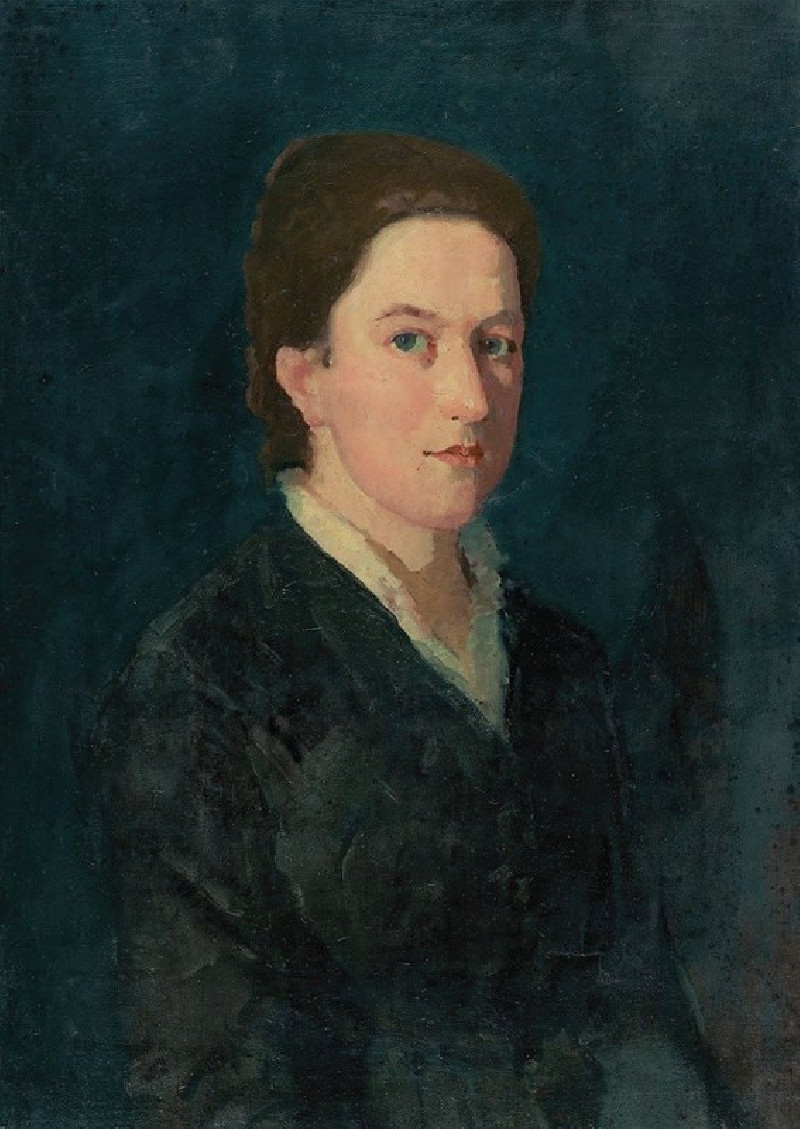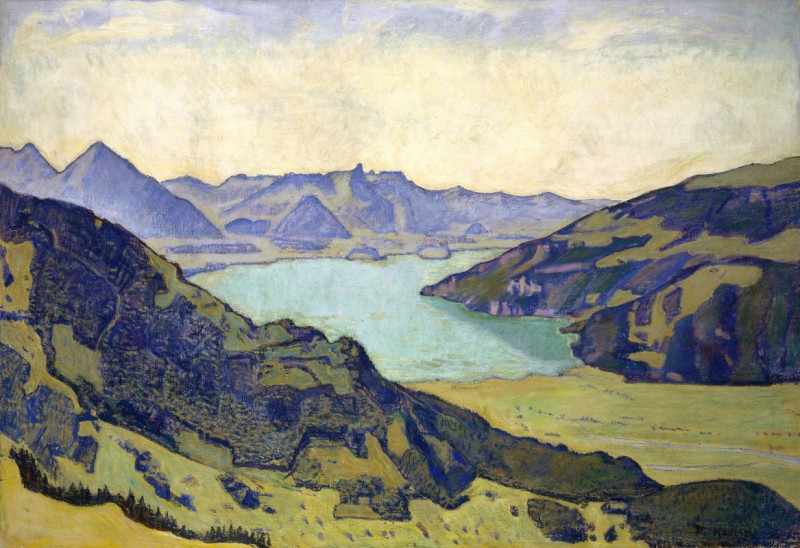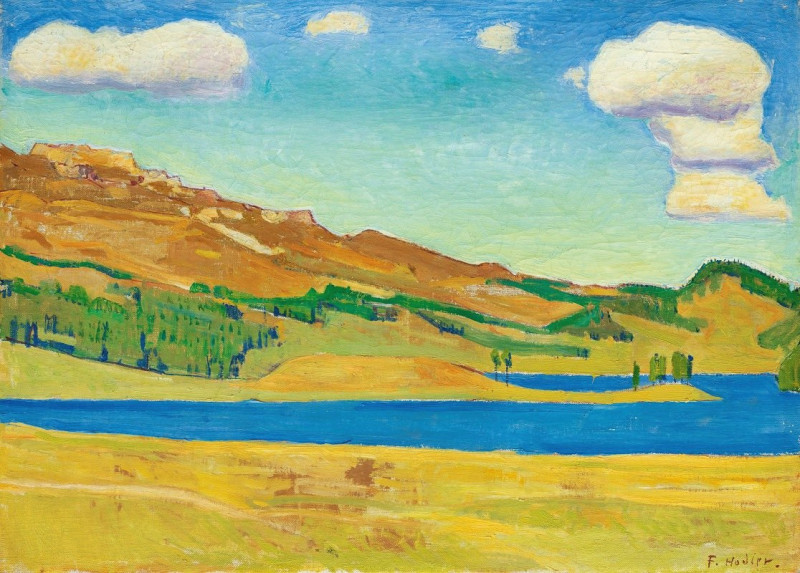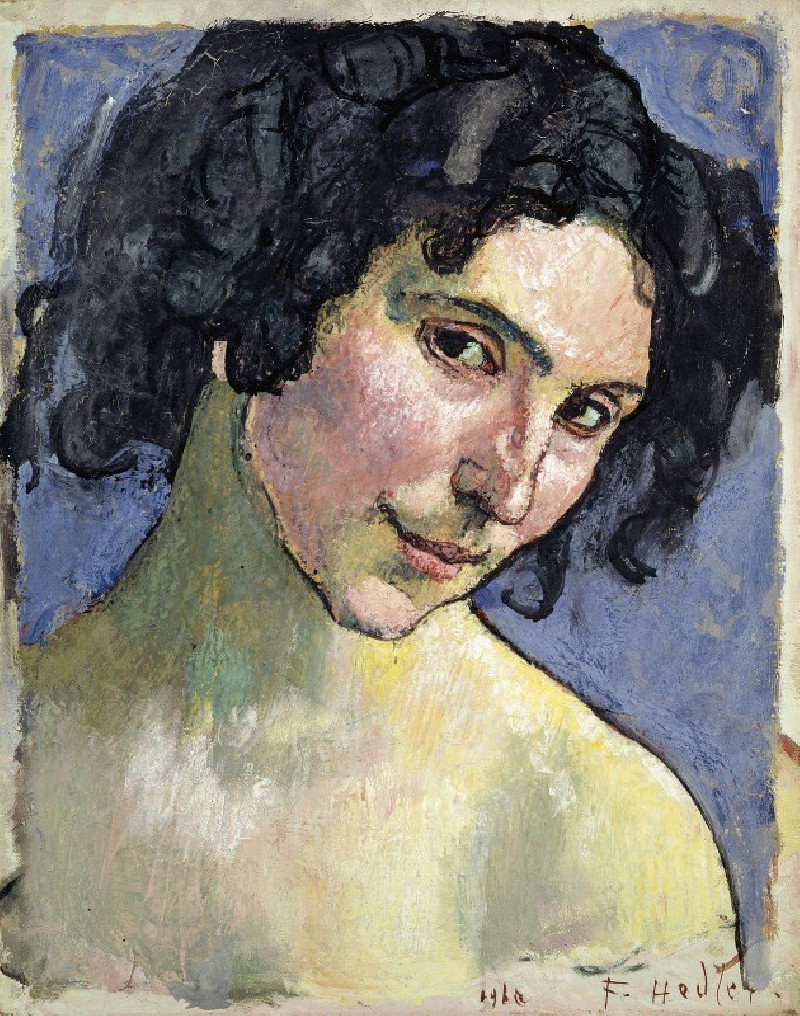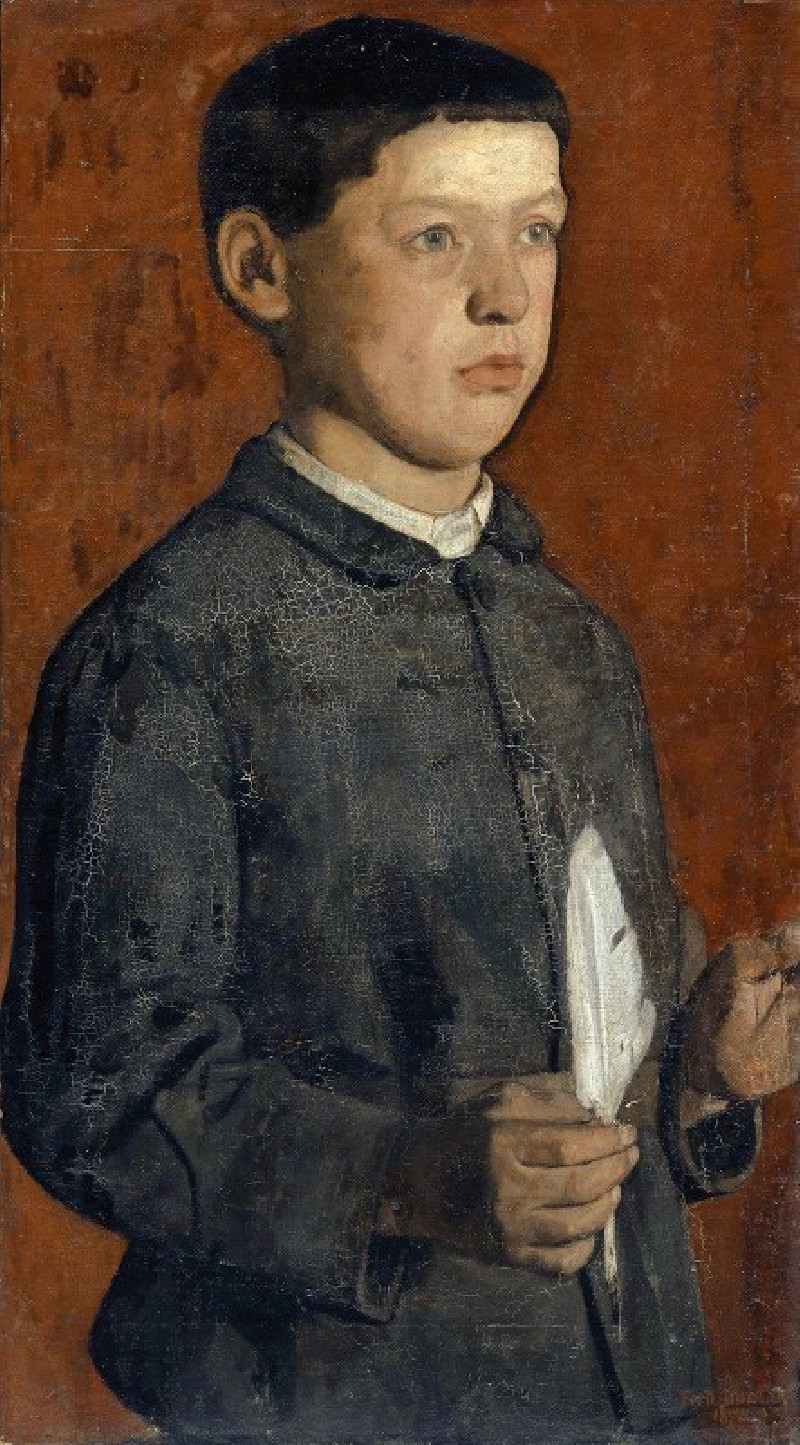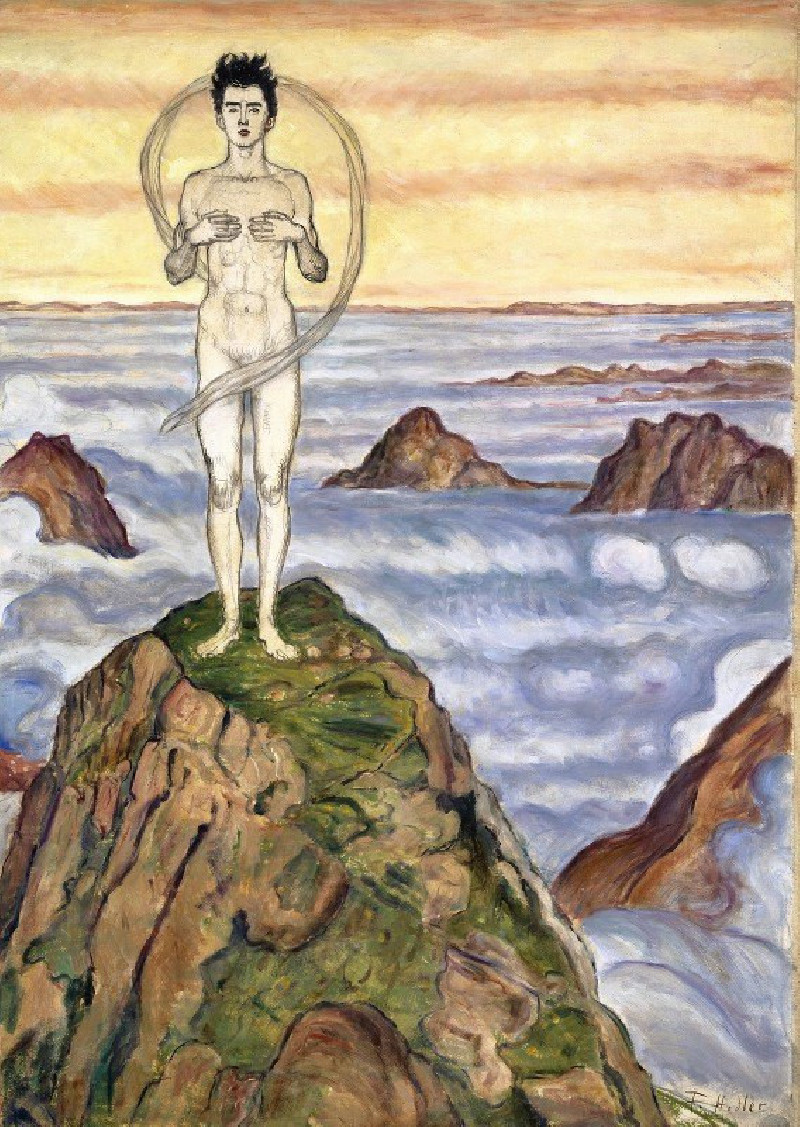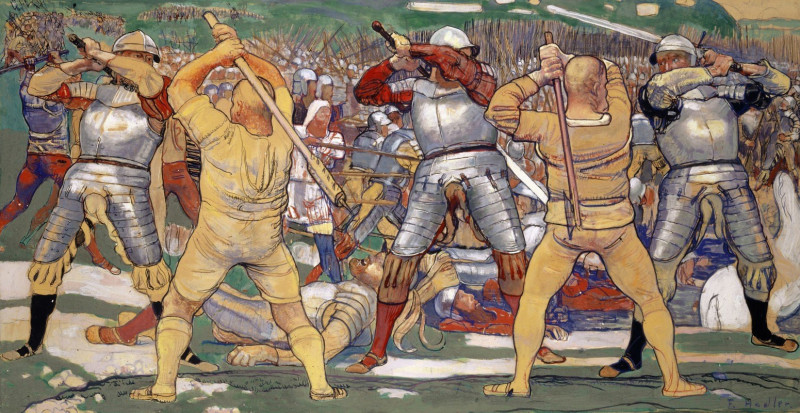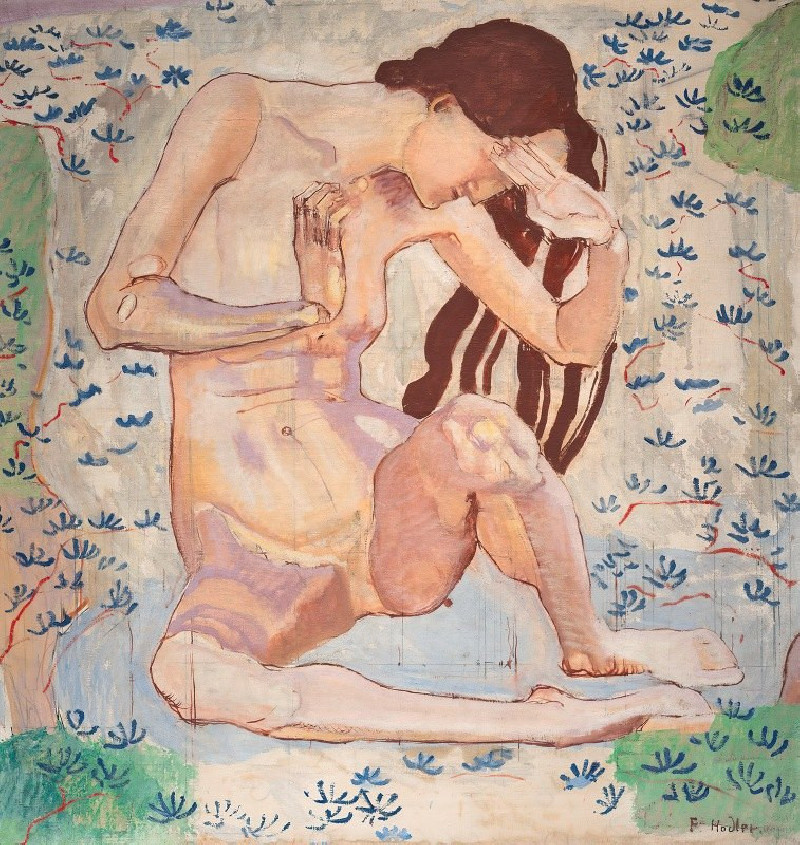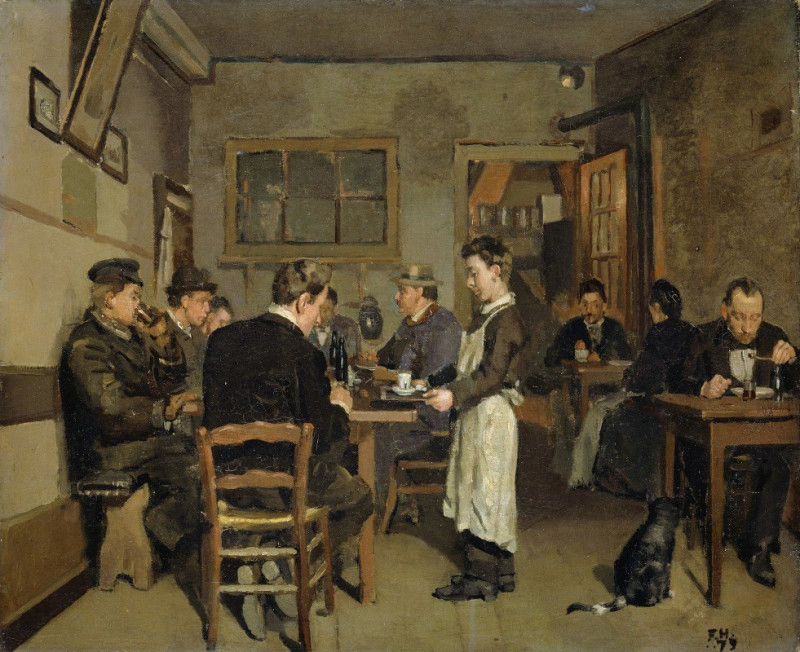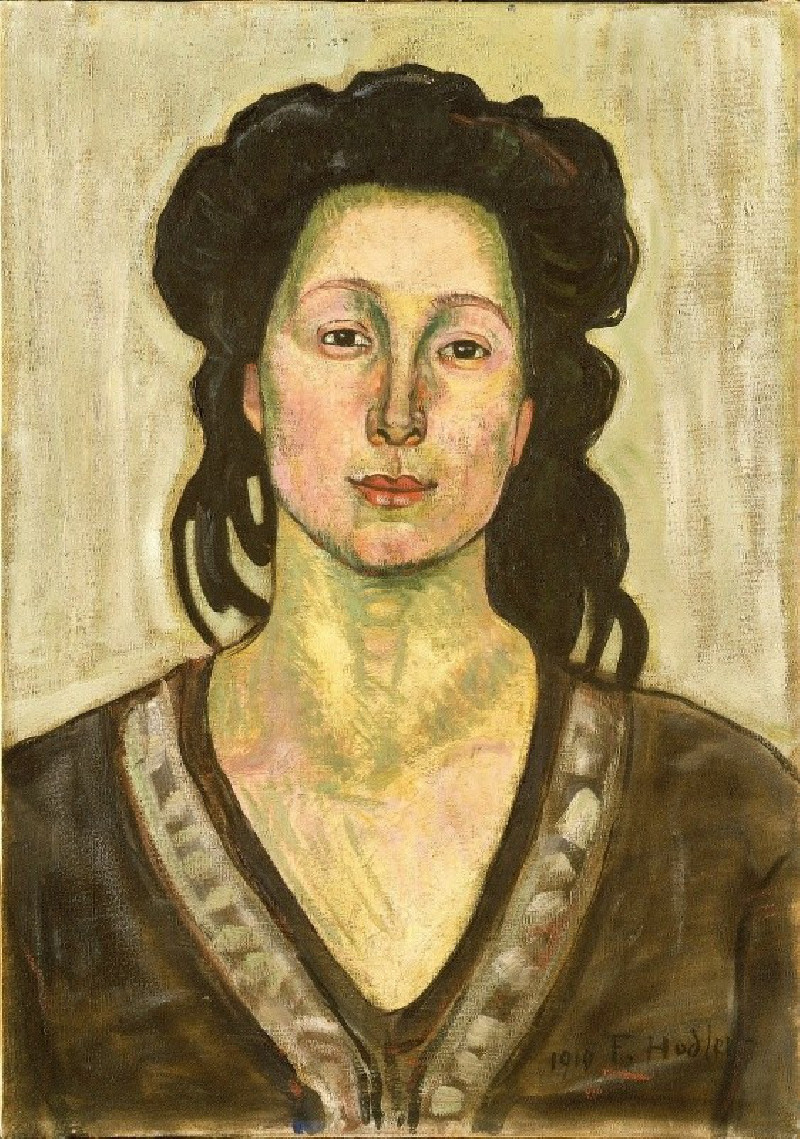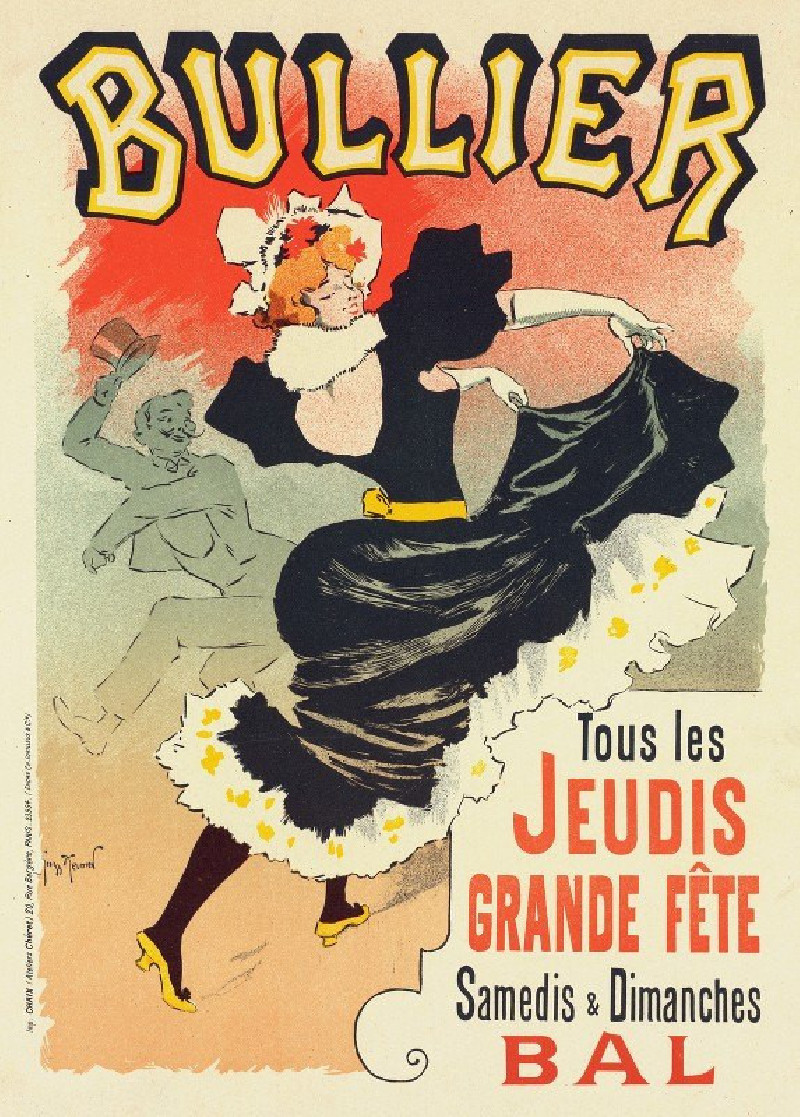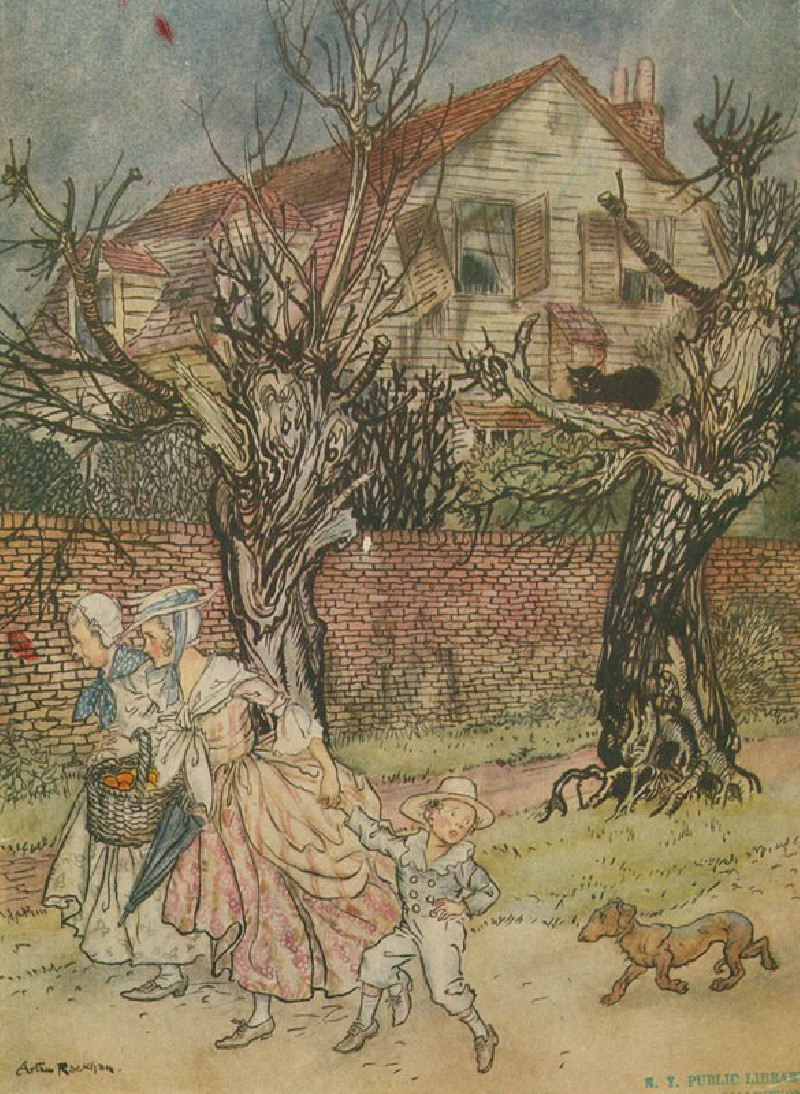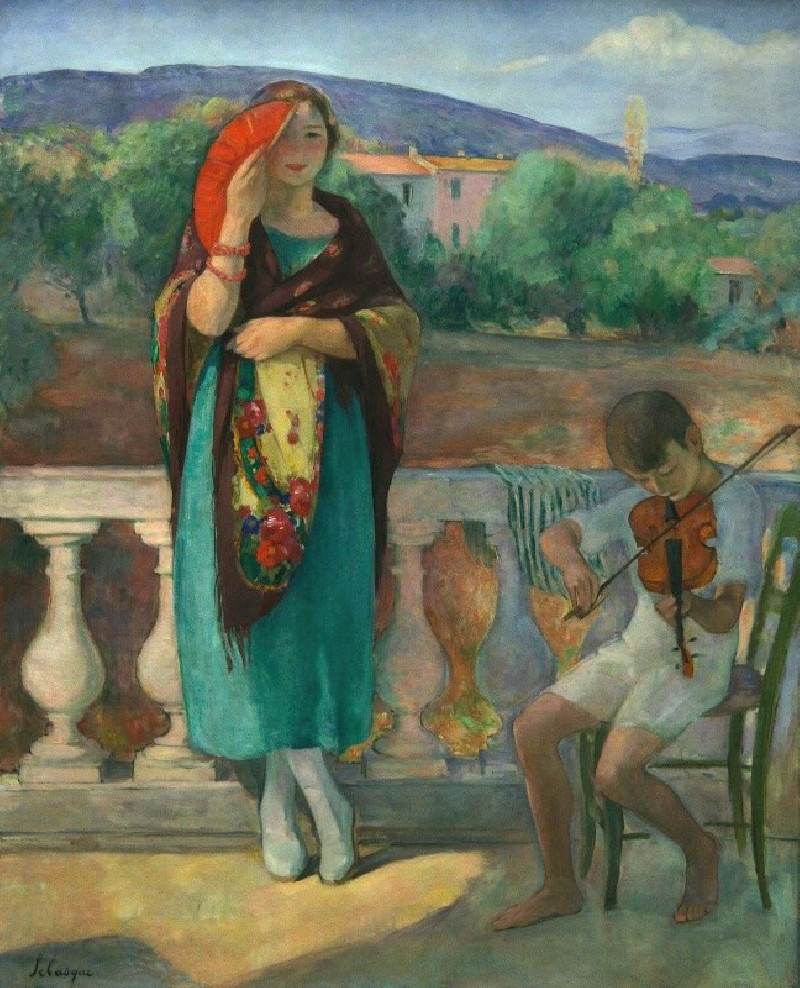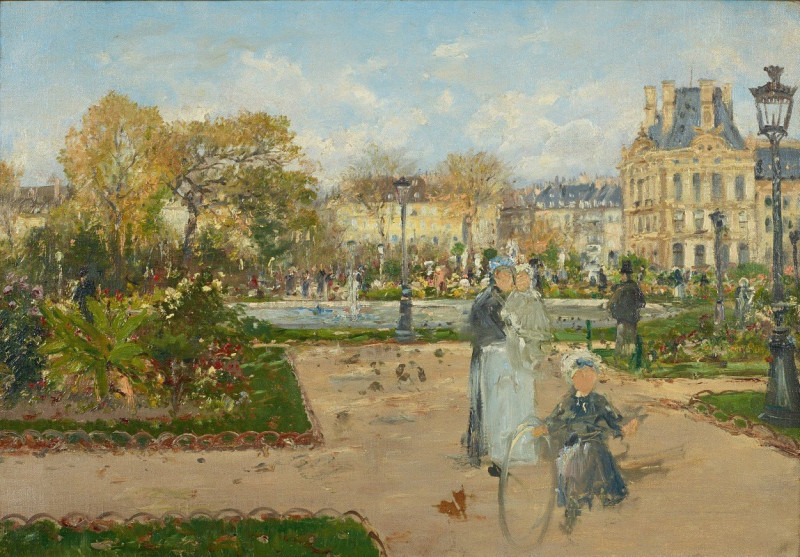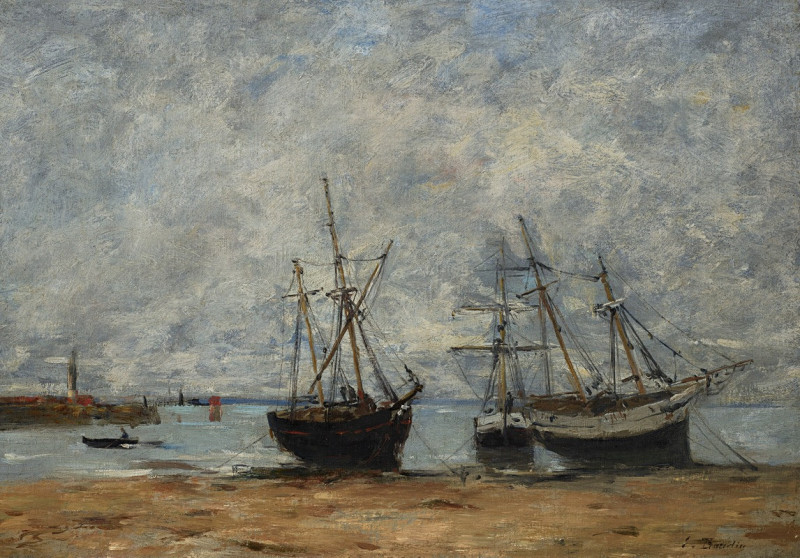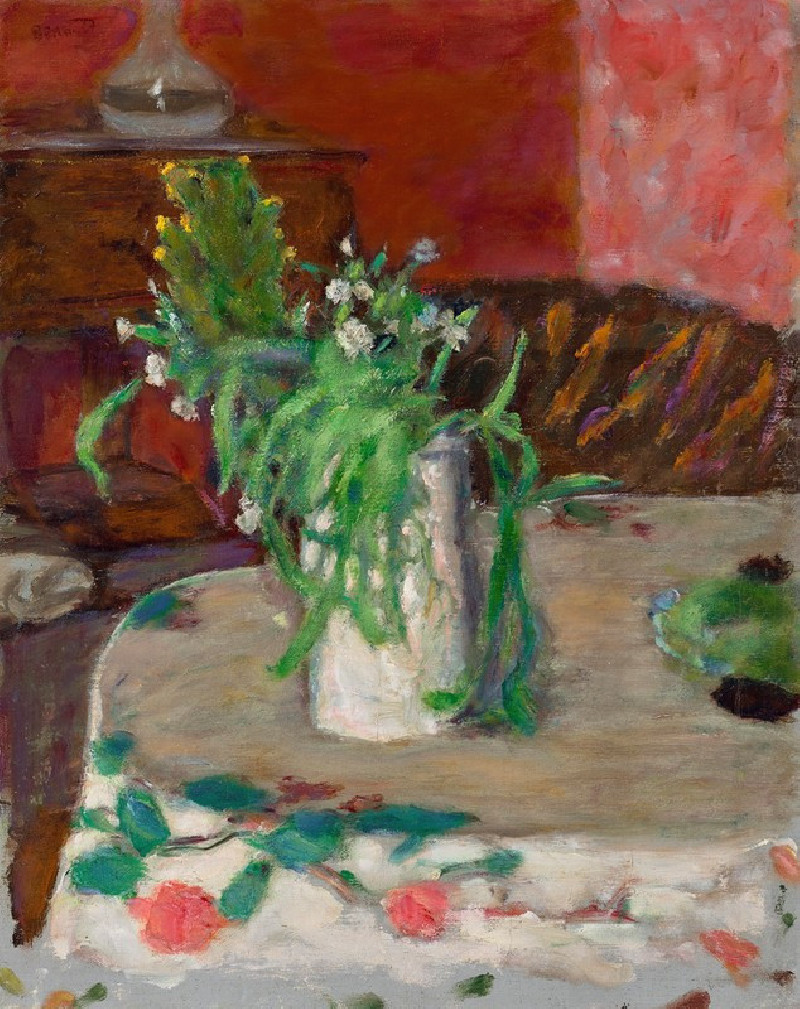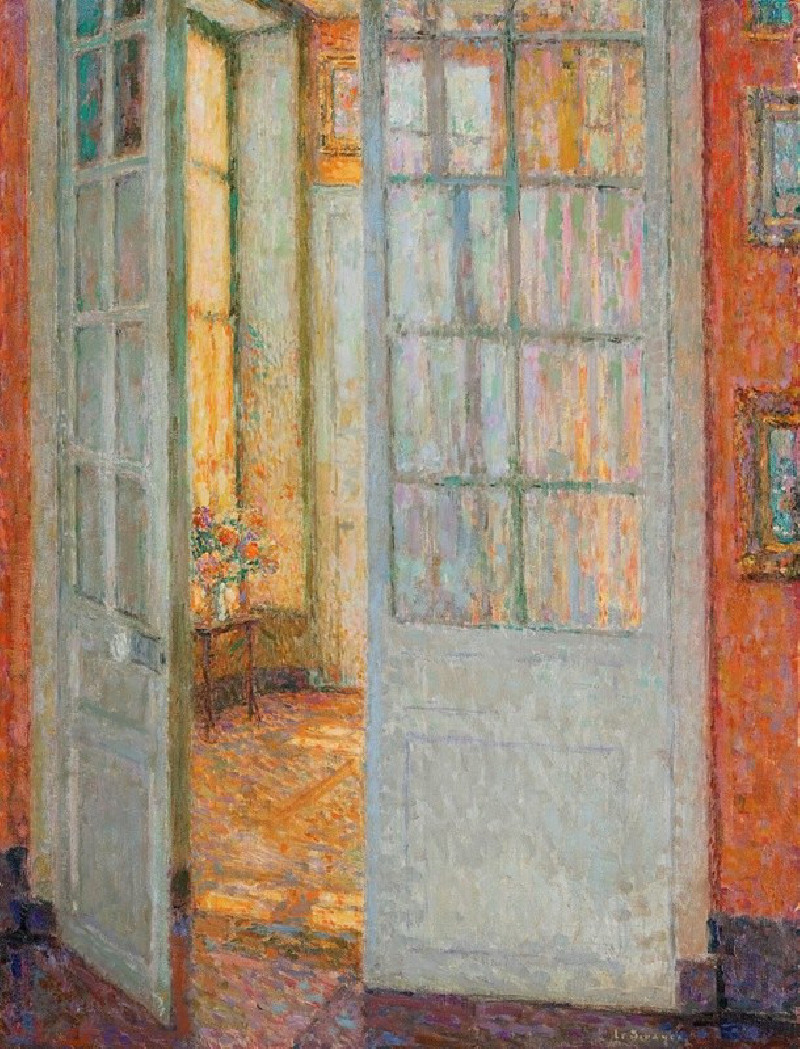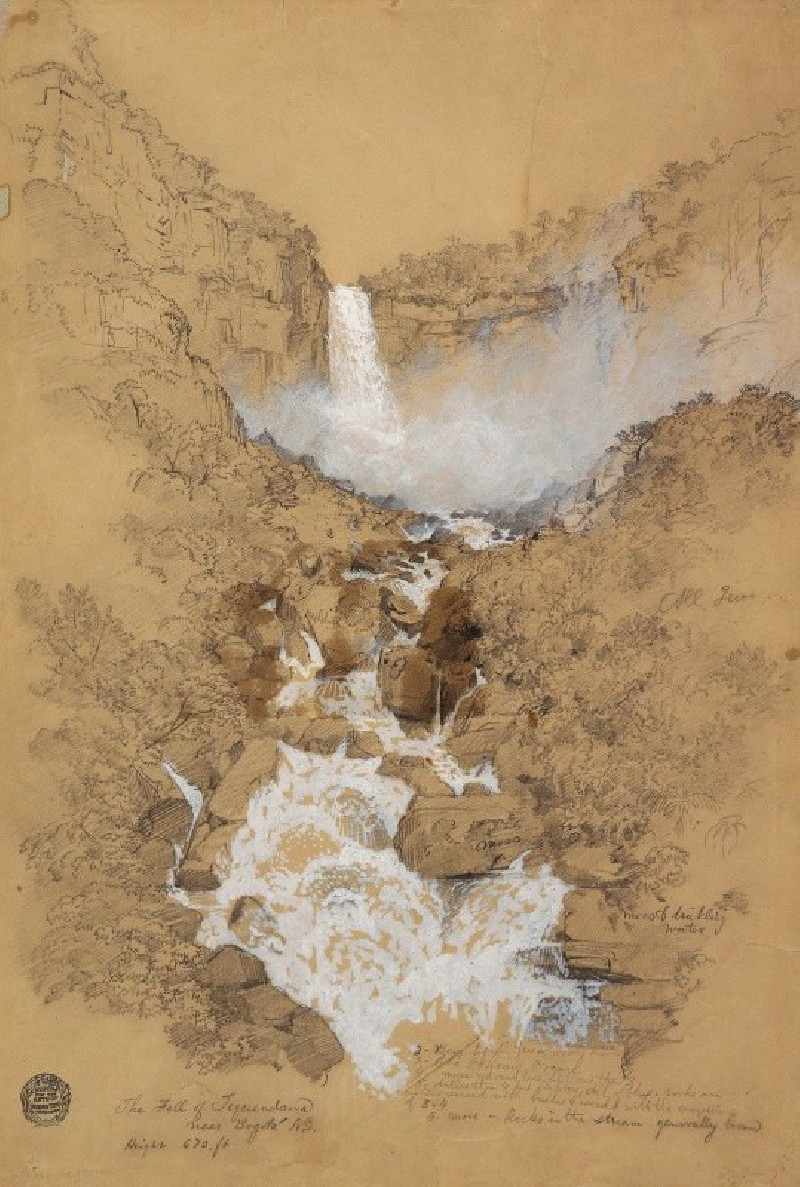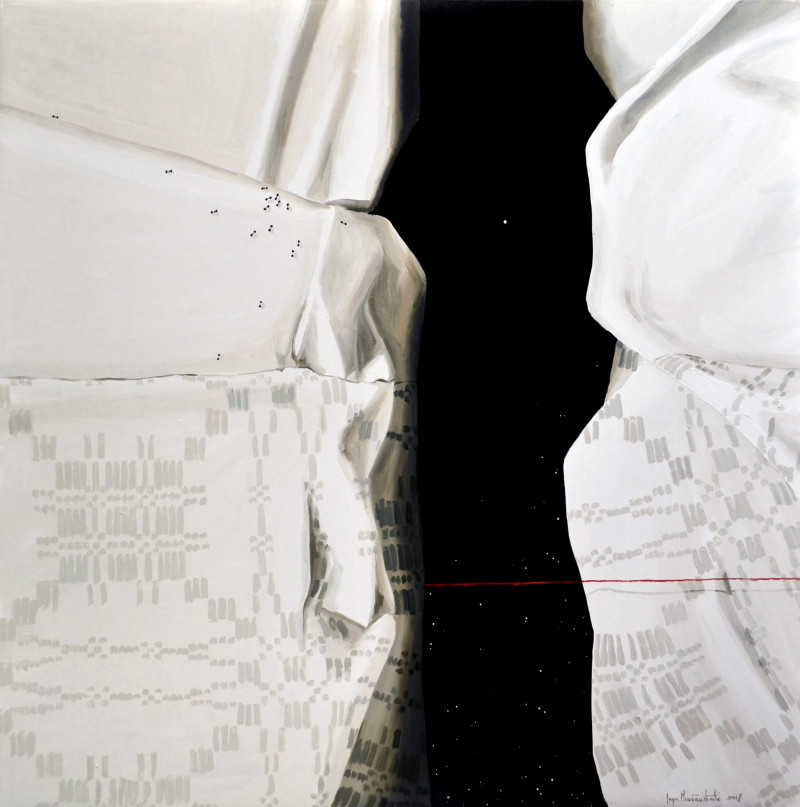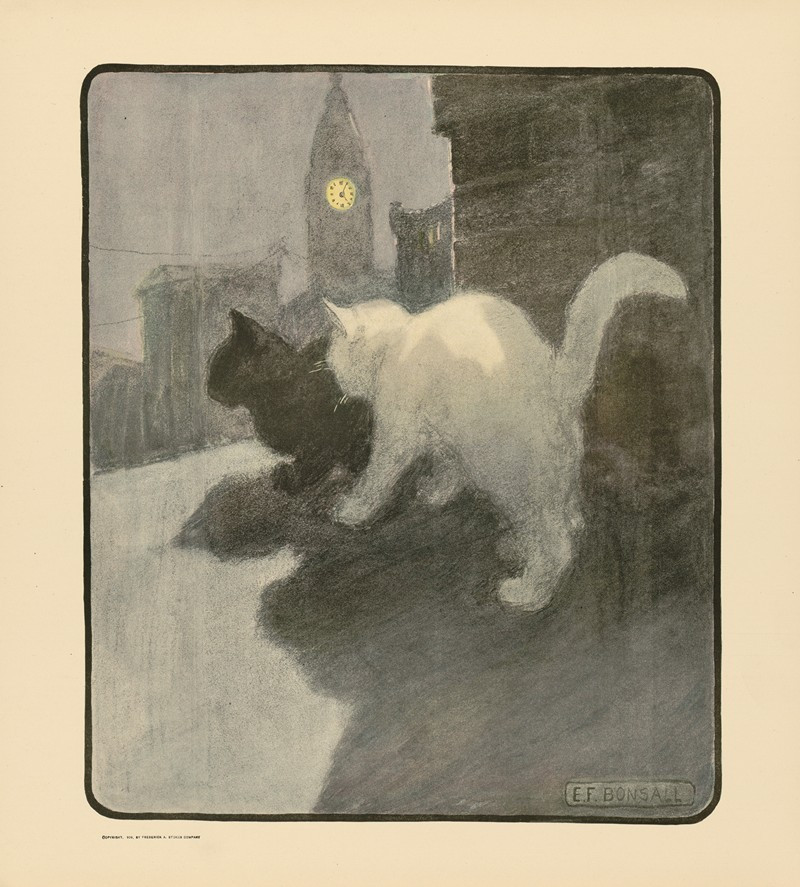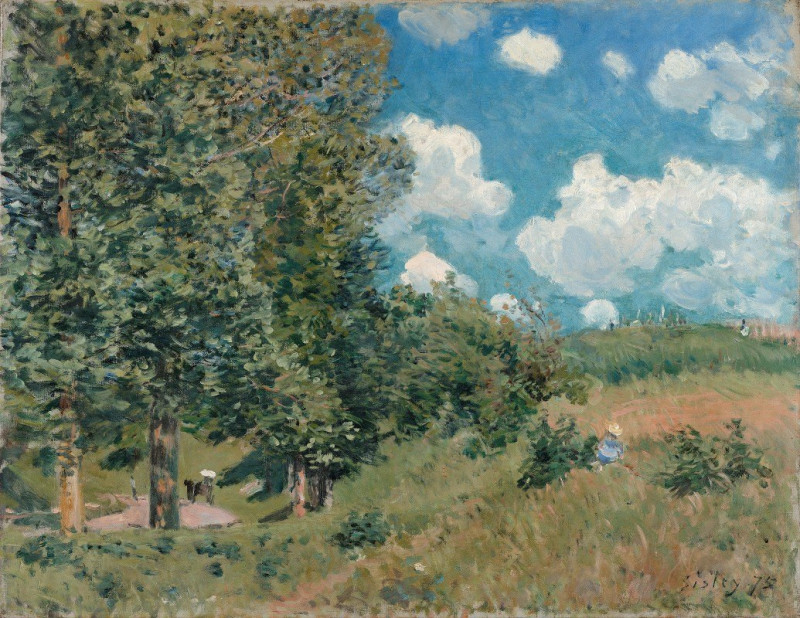The Dents Blanches At Champéry In The Morning Sun (1916)
Technique: Giclée quality print
Recommended by our customers
More about this artwork
Ferdinand Hodler, a preeminent Swiss painter, enthralls us once more with his breathtaking portrayal of the alpine landscape in "The Dents Blanches At Champéry In The Morning Sun". This 1916 masterpiece encapsulates the serene and majestic beauty of the Dents Blanches, a prominent mountain range in the Swiss Alps bordering France.The painting vividly captures the early morning light washing over the rugged terrain. Hodler employs a striking palette of purples, blues, yellows, and whites to delineate the complex interplay of shadow and sunlight typical to mountainous landscapes at dawn. The sweeping brushstrokes and bold colors evoke the raw, untamed essence of the range.Hodler’s unique style—characterized by a rhythmic repetition and a harmonious arrangement of colors—brings forth a dynamic yet tranquil representation of the Dents Blanches. The artwork not only reflects the physical splendor of the Alps but also encapsulates the spiritual and awe-inspiring emotions that these mountains have evoked in adventurers, artists, and onlookers throughout time.

